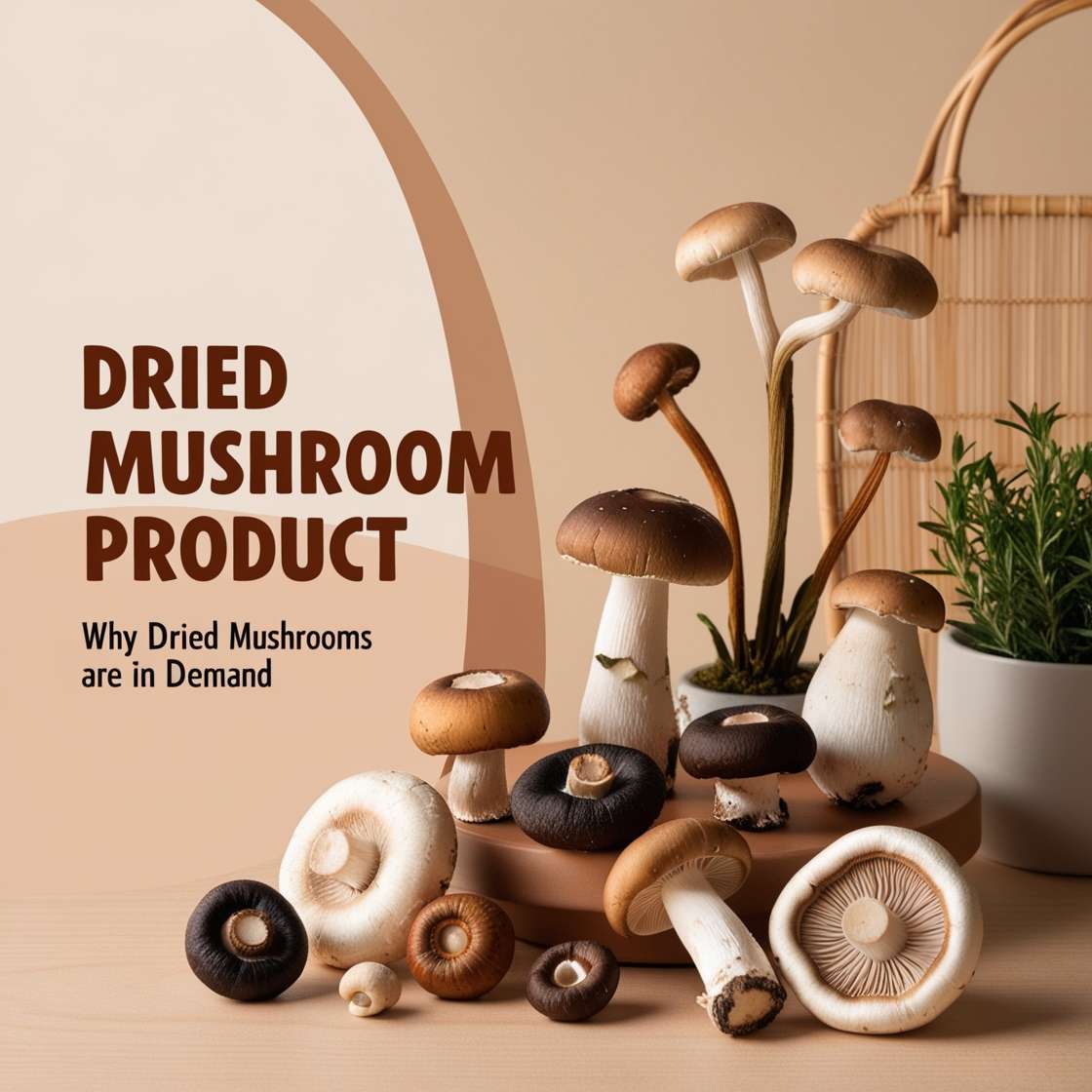
There are countless types of mushrooms in this world that have significant benefits. It is easier to imagine herbal medicines production with them. The same goes for spices and herbal beverages, which have remarkable demand in some regions. The question that comes into consumers’ minds is about their prices. What makes them so expensive? To understand the entire concept, have a detailed look at it below.
There is a clear reason for that: its culinary applications.
Dried mushrooms are one of the essential ingredients used in traditional cuisines. Asian countries and a few non-Asian ones focus on its massive use. The flavor, texture, and nutrients make dried mushrooms a key element in the culinary industry. This is why you will find its uses in sauces, soups, herbal teas, etc.
There is a cost of everything. Likewise, mushroom cultivation requires effort and cost to provide the best yields. It is a labor-intensive process where lots of struggle and patience are required. That increases the time, labor, and input costs. This is because fungi farming is different from other types of farming. Special care makes this harvesting process successful. It includes humidity, sunlight, and temperature levels with accurate measures.
Their drying process is also a multi-step activity, which increases the cost. That includes slicing, soaking in salt solution, and then filtering. After these steps, the drying process takes place, which needs special attention. To keep the aroma and its preservation, experts use different methods. Some use dehumidified drying, and some use a hot-air drying process. Some use a freeze-drying process, and each process depends on different conditions. That adds up to the cost, and this makes dried mushrooms more expensive.
Limitations make everything different from others. Likewise, mushroom farming is only possible in some places. There are some regions where it successfully takes place. If we discuss Europe, there are countries like Poland, Lithuania, Netherlands, and Belgium that have a high success rate. If you look at North America, there are around twenty states in the US that have successful mushroom farming. China, India, and Japan have the most share in mushroom cultivation since they meet the conditions very well. Usually, from September to April, their cultivation takes place. That is because of humidity levels and other conditions.
There is a high demand for dried mushrooms that belong to wild and exotic types. It is because they offer unique flavor and nutrients. Thus, the dishes like soups, herbal teas, and sauces in specific regions get strong flavor. They add intensity to spices, which is why China and India have prominent names in this industry.
There are specific conditions of climate where farmers successfully do cultivation. From 16 to 21 degrees Celsius, mushroom farms get the best results. Also, indirect sunlight with moderate or low intensity helps them to grow at an optimum rate. One of the core factors is moist condition, which helps mushrooms expand. The humidity level should be high, so they can get the best response from the environment.
Their shelf life is long, which makes them perfect for spices. To give them such a long shelf life, experts use complex storage methods. They have to ensure that the mushrooms can’t get any contact with moisture. This is why their preservation method requires more dryness to keep the mushrooms surviving. Once they reach enough dryness level, they are ready to go for a long shelf life ahead.
There is a general rule; whatever is rare, it has high value. That thing becomes high in demand especially when it provides essential benefits. Likewise, dried mushrooms are expensive because they offer all the key elements culinary and medical industries need. That increases its prices automatically. Since they have a traditional impact on Chinese people, their prices get a high impact from that. They help treat specific diseases and deficiencies in the human body.
Since a few countries have a strong hold on dried mushroom exports, it shows a high supply chain impact. That adds up to the supply chain costs, which directly come from transportation. Fuel prices, longer distances, customs duties, and various factors increase the costs. However, China is good at maintaining low costs in the overall supply chain process, which makes it a leading exporter.
Since new methods are coming into the industry, organic and sustainable types are prominent methods. You will find the cost and complexity levels at a higher rate in these two types. However, sustainable farming practices are at an initial stage, where a few suppliers are using them. This is a costly method, which increases the overall price of dried mushrooms. Likewise, organic production is more expensive than traditional, and only a few suppliers are following it besides having a balance with traditional practices.
Some businesses go for expansion by trying other sectors. If someone is looking to invest in the dried mushroom industry, it is a profitable opportunity. However, they need to thoroughly analyze the industry before they take steps. Restaurants, medical, and beverage industries usually import dried mushrooms for various reasons. If you belong to these industries, more opportunities are waiting for businesses.
From flavor enhancers to herbal medicines ingredients, dried mushrooms have a prominent impact. Also, their cultivation, harvesting, and distribution processes are costly. As a result, their overall worth and price increase in the global market, which makes them rare too. These rarity and benefits make them essential ingredients for culinary and medical industries.
Shiitake mushrooms are a staple ingred...
READ FULLHealthy living requires that one follows a balanc...
READ FULLBlack fungus also known as Ear fungus ...
READ FULL